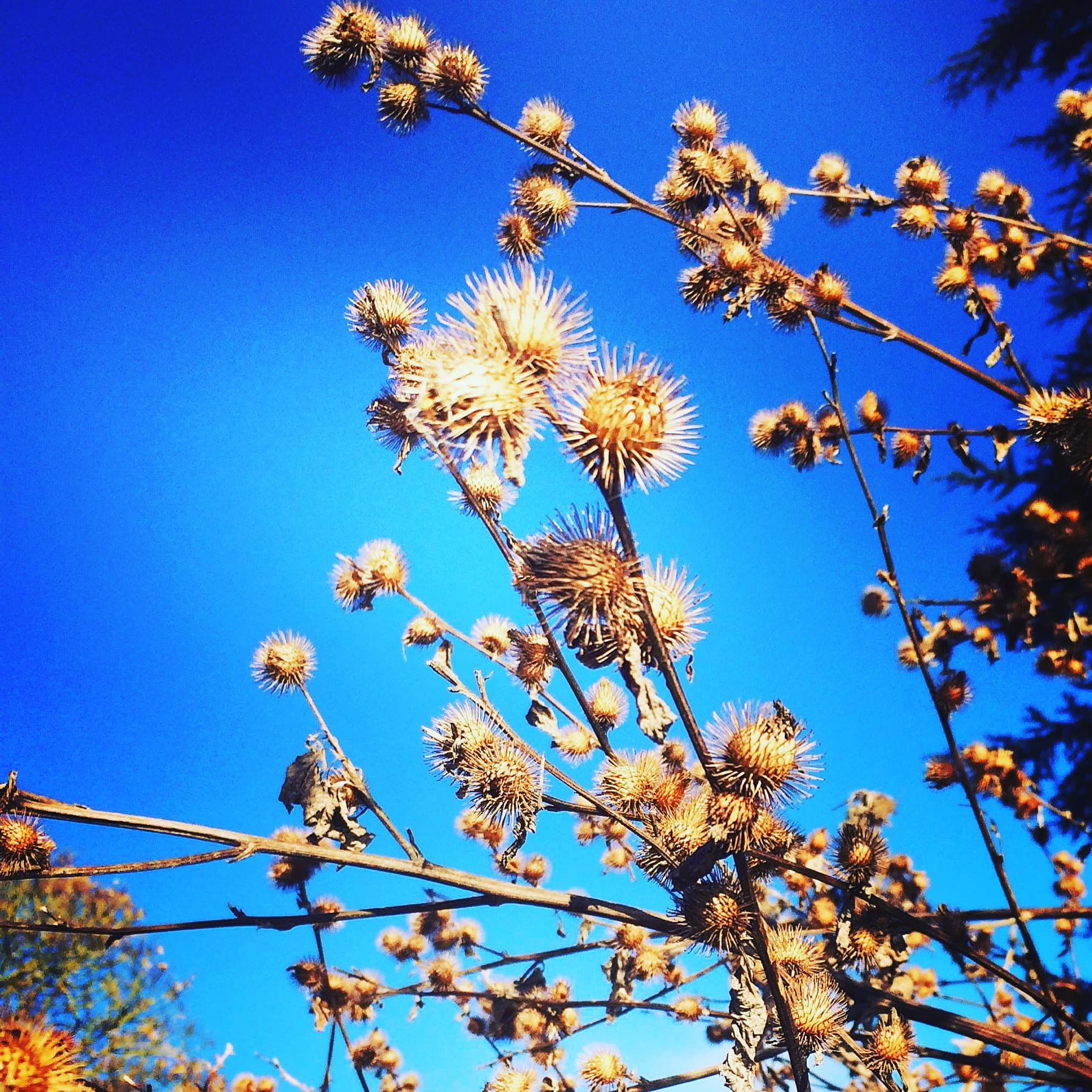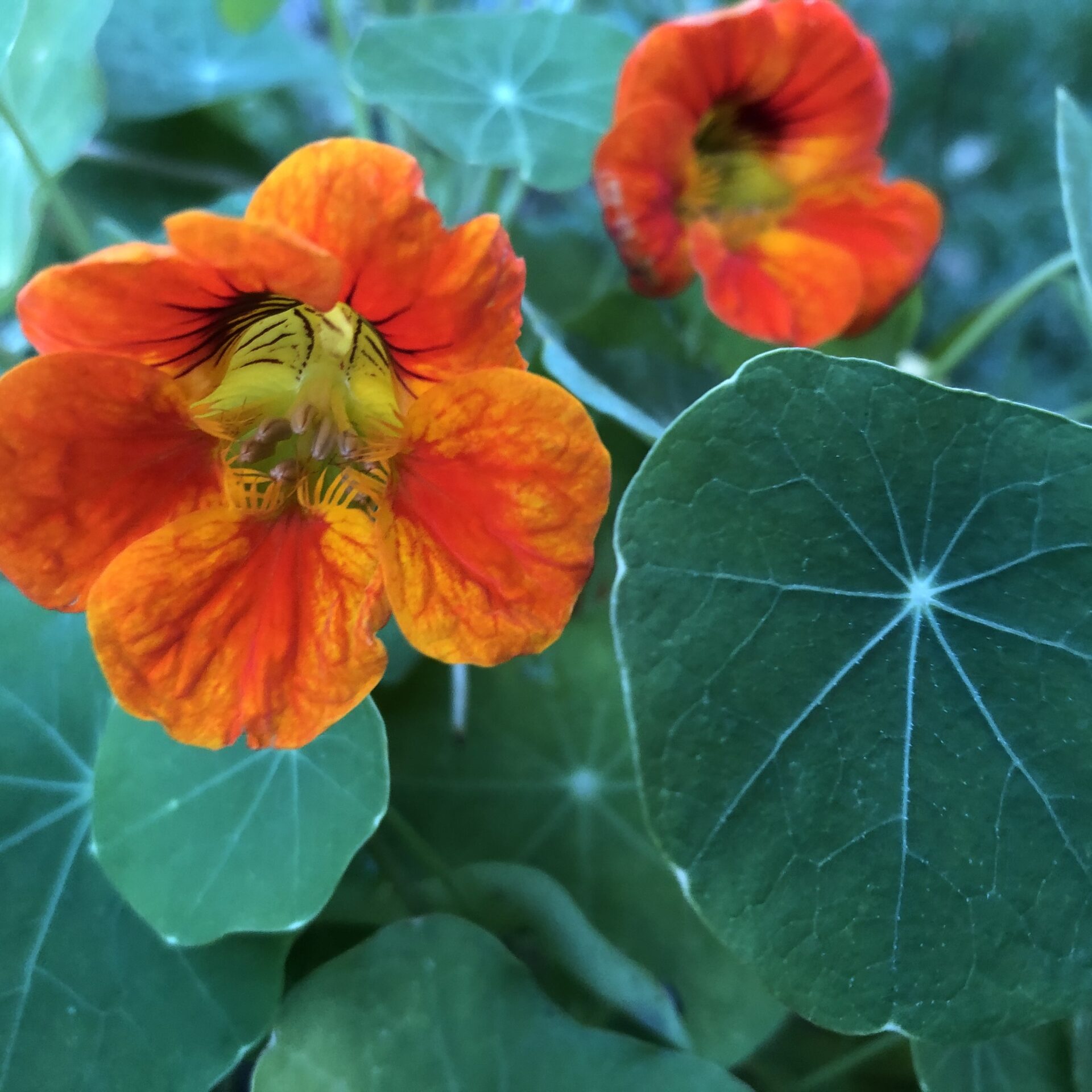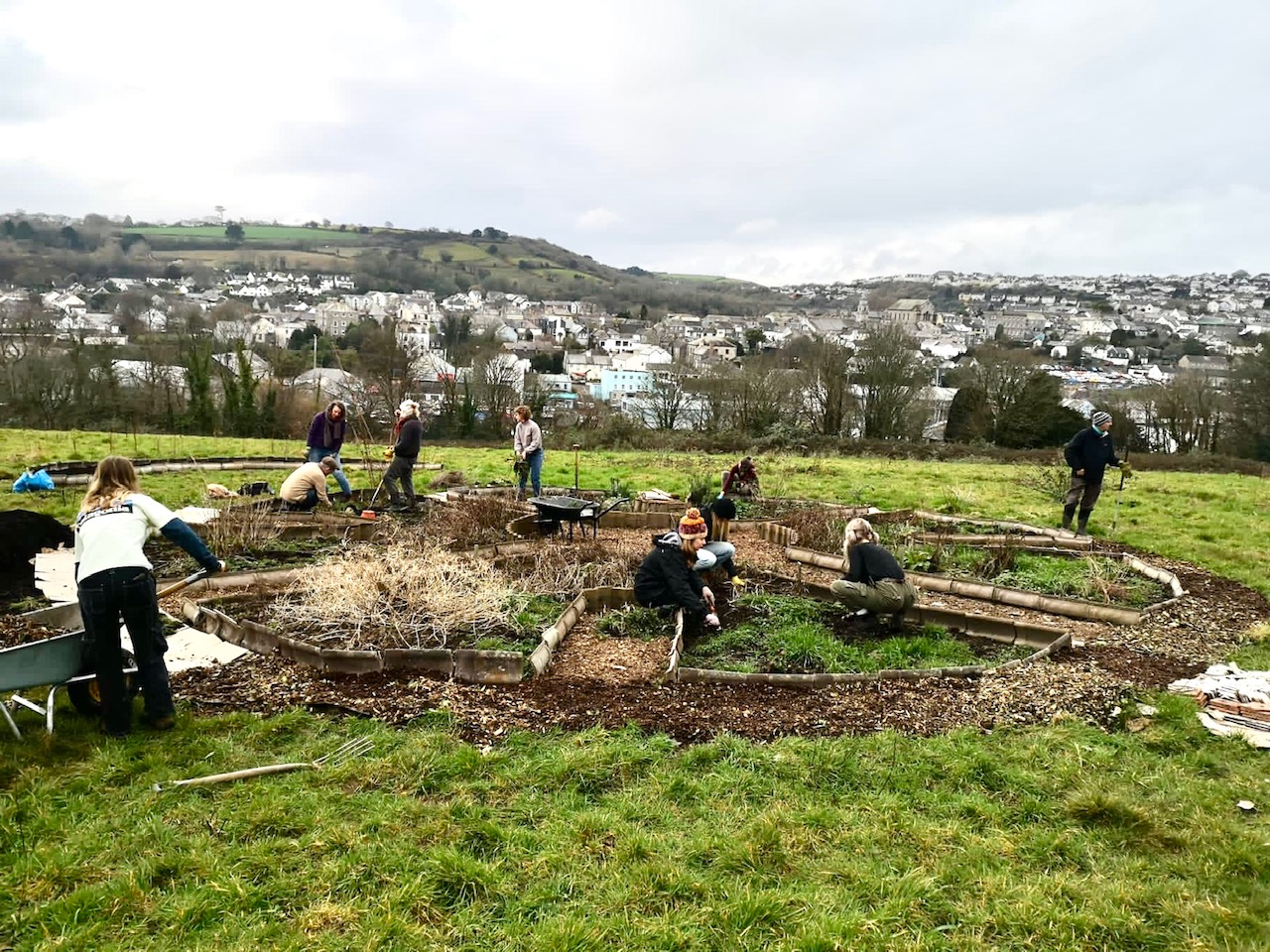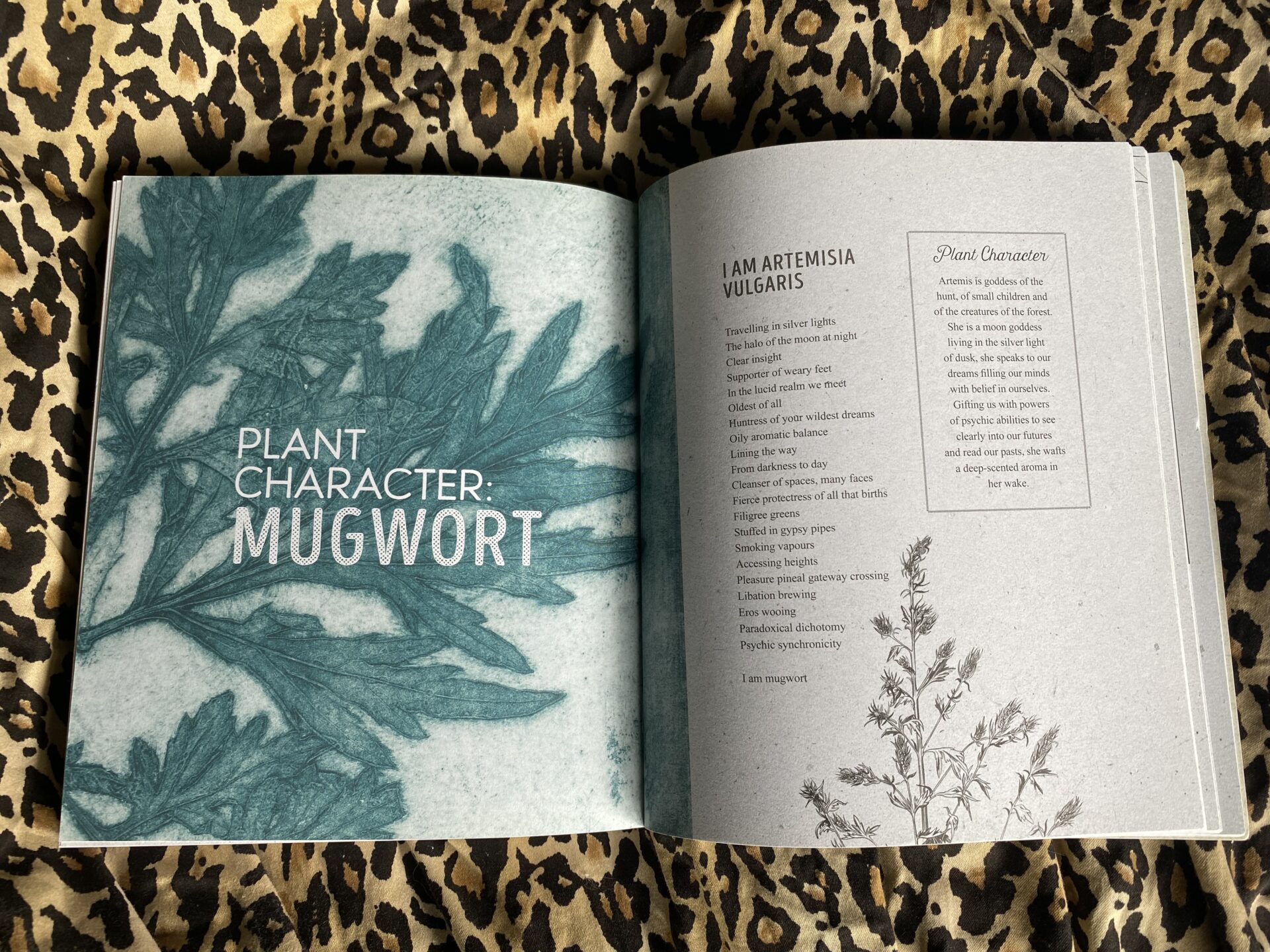Acne
Acne is an embarrassing condition that most typically develops in teenage years but recently. It has become increasingly common for people to develop acne whilst in the pre-teen age group too, between the ages of eight and twelve.
Unfortunately acne is extraordinarily common. Loads of our teenagers suffer from some form of acne, ranging from the mildest of cases, which manifest with just a few isolated spots and blackheads, through to the most severe, which produce an angry mass of spots, pustules and cystic lesions which cover the majority of the acne sufferer’s body and may heal to leave permanent acne scarring.
Medical studies in the United Kingdom have shown that 90% of the teenage population suffer from some form of acne. 50% of teenagers develop acne classed as severe enough to require medical treatment. Over the last few years we have seen many patients on orthodox medicines with varying side effects, none so detrimental as the Acne Drug Roaccutane that seems to be all too easily prescribed to teenagers with acne. Reported adverse reactions caused by the drug include gastrointestinal disorders, suicide, and birth defects.
Causes of Teenage Acne
Sebaceous glands are tiny glands found near the surface of your skin. The glands are attached to hair follicles. A hair follicle is a small hole in your skin that an individual hair grows out of.
The purpose of sebaceous glands is to lubricate the hair and the skin in order to stop it drying out. The glands do this by producing an oily substance called sebum. In acne, the glands begin to produce too much sebum. The excess sebum mixes with dead skin cells and both substances form a plug in the follicle.
If the plugged follicle is close to the surface of the skin, it will bulge outwards, creating a whitehead. Alternatively, the plugged follicle can be open to the skin, creating a blackhead.
Normally harmless bacteria that live on the skin can then contaminate and infect the plugged follicles, resulting in papules, pustules, nodules, and cysts, which are all classifications of different types of spots.
Hormones
The cause of nearly all teenage acne is the complex hormonal surge that occurs around the time of puberty. Hormones released at the onset of puberty are responsible for the appearance of acne during the teen years. These hormones stimulate the skin’s sebaceous, or oil glands, creating an oily skin that is more prone to the pore blockages and breakouts.
Stress and diet are also major acne triggers. Unfortunately, in this modern lifestyle people are extremely stressed. Stress provokes the release of still more hormones which can over-load the delicate processes happening within the liver as it struggles to cope with the hormonal onslaught. The diet of lots of teenagers commonly includes lots of sugars and fats, which also over-load the liver.
Herbal Healing
There are many factors that can influence the onset and severity of acne so as herbalists we treat each person on an individual basis. There are however a few general principles.
The Liver
Supporting the liver helps to clear the drastic hormonal increase during puberty. The liver is the primary organ that is responsible for processing ‘sex hormones’ such as testosterone. It is seen as the seat of anger, which means when we put strain on our liver it is harder to control these feelings. The primary herb we would use to help rebuild and detoxify the liver is milk thistle.
Milk Thistle (Silybum marianum)
This robust beautiful waste ground thistle was famed for being good for breastfeeding mothers because of the milky white veins running through the leaves hence her name.
Milk thistle, is a liver tonic, and this is why it is so effective for acne sufferers. We use the seeds ground down and put into capsules but they can be ground and added to cereals porridge etc too.
We grow our plants in full sun in our south facing garden –the hard bit is extracting the seeds, good gardening gloves are needed to protect hands from the incredibly spiky thistle heads.
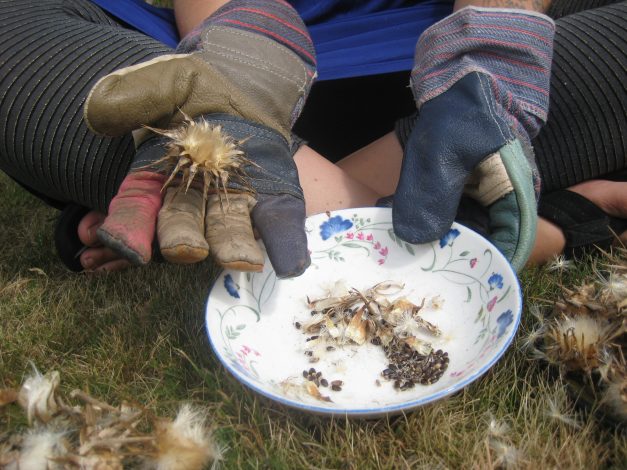
Milk thistle helps the liver regenerate 4 times faster than normal. It also lowers blood lipids, clears stress hormones like cortisol, and increases the flow of bile from the liver and gall bladder. It both prevents and helps cure liver damage, and reduces the fatty degeneration of the liver.
The herb acts on the membranes of liver cells – it prevents the entry of virus toxins and other toxic substances, including drugs. Thus damage to liver cells is prevented.
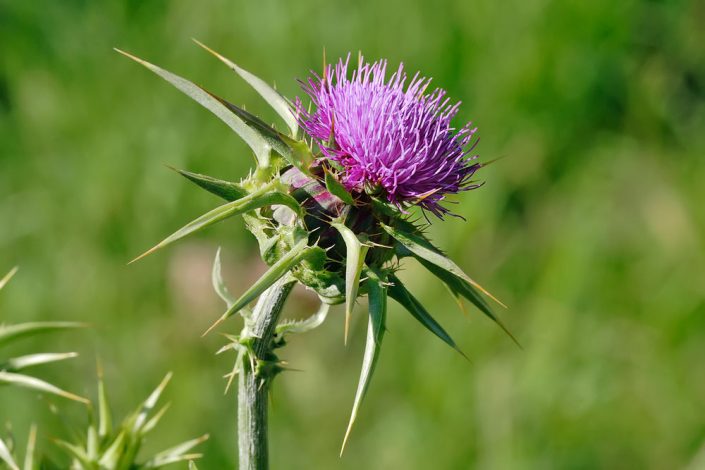
https://seedsistas.co.uk/product/milk-thistle-capsules-organic/
The Lymphatic System
The lymphatic system helps to clear the blood of unwanted products. If the liver can’t process the amount of waste products floating round the body then the lymph will push it out onto the skin. We use herbs that support the lymphatic system to clear infection away from the skin such as burdock and red clover.
Burdock (Arctium lappa)
The giant leaves of Arctium lappa or Burdock can be seen all over our lands, a very adaptable weed can flourish in fields woodlands and marshy areas alike.
After taking his dog for a walk one day in the early 1940s, George de Mestral, a Swiss inventor, became curious about the seeds of the burdock plant that had attached themselves to his clothes and to the dog’s fur. Under a microscope, he looked closely at the hook-and-loop system that the seeds use to hitchhike on passing animals aiding seed dispersal, and he realised that the same approach could be used to join other things together. The result was Velcro!
Burdock is a valuable remedy for the treatment of most skin conditions especially acne and boils. Powerfully acting, this robust herb cleanses the blood, but needs to be used gently over a period of time. As he is such a strong mover of deep-seated toxins, we use small dosages and always-in combination with other lymphatic herbs like calendula, red clover or cleavers. Some one once described it as the toxins burdock extract need a helping hand once mobilised, to exit the body; this is what the accompanying lymphatic herbs can provide.
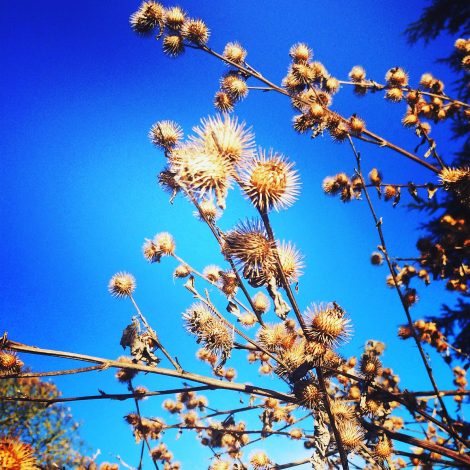
burdock seeds
Part of the skin clearing action burdock provides is through bitter stimulation of the digestive juices and bile secretion. It thus aids digestion that is the root of many system imbalances.
Red Clover (Trifolium pratense)
Most folks know red clover as a menopausal herb because of the isoflavone constituents (plant oestrogens), but traditionally this valuable plant was used for lung conditions as a chief ingredient in cough mixtures and skin disorders.
We harvest the red clover in the fields around our Village, luckily they are grazing for livestock so unsprayed and mainly unused by people and dog walkers. She begins lifting her delicate, intricate flower heads in early May, that are more purple in colour than red really. We have named her Scarlet Lucky-leaf because of her associations with Good luck. She is a Sprawling hardy perennial member of the Pea family. Attracting butterflies, moths and other long-tongued insects, particularly bumble bees – it sometimes known as bee bread.
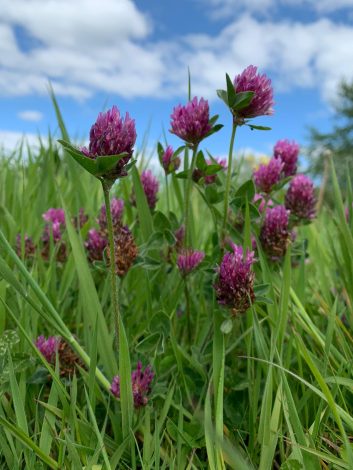
Her leaves are food for the caterpillars of the Clouded Yellow, Small Skipper, Essex Skipper, Painted Lady and Pale Clouded Yellow butterflies, and several moths, such as the Latticed Heath, Shaded broad Bar, Mother Skipton, Tawny Wave, Chalk Carpet and Belted Beauty. Also the Narrow-bordered five-spot Burnet moth. Finches eat the red clover seeds.
She is also an important meadow plant because the bacteria in the tiny nodules on the roots help to fix nitrogen in the soil so also good for the compost heap. Containing Vitamins C and B, Magnesium, Zinc, Copper, Selenium, Chlorine and Calcium, the leaves are brilliant additions to salads. The plant also contains small amounts of silica, choline, and lecithin – all essential for normal bodily function.
Skin Healing
There is often a lot of scar tissue formed around the damaged areas from the pustules that form under the skin in acne. Healing herbs are important to help break down this fibrous tissue and restore soft, clear skin. As herbalists we use herbs that grow prolifically around us believing that help is always close at hand. To support the healing, we apply the common Daisy, Bellis perenis.
Daisy (Bellis perenis)
The common daisy that grows in the grass is one of the most under used and wonderful remedies. She is a fantastic herb, so prolific and easily recognisable a really simple safe herbal remedy.
She is our native arnica healing physical bruises after a knock and emotional bruising, reflected in that when you stand on a daisy, it bounces back. She brings out the child in us all, renews joy.
Her use here in the treatment of acne is as both a lymphatic and healing agent. Making daisy medicine is as simple as going out into any grass lands or unsprayed garden and picking the flower heads of the delicate pink, white and yellow flowers, this is a delightful task!
Then drying them out, lying the herb on newspaper and then leave in the airing cupboard, turning them daily until they are bone dry. Then put them into various old glass jars, which look wonderful my kitchen and then finally make colourful, delicious mixes to drink as tea.
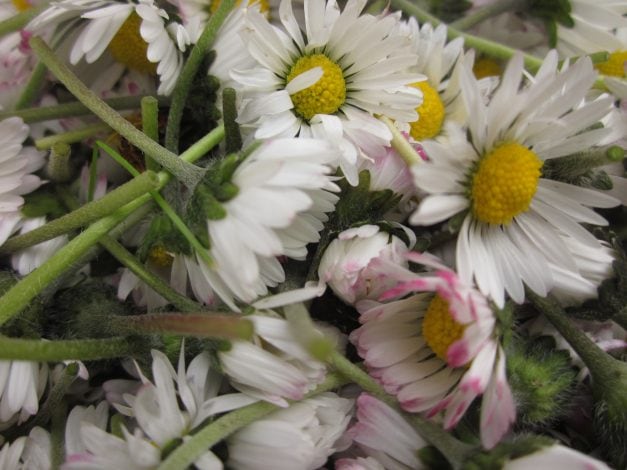
Circulation
To potentiate or help these actions to work more efficiently it is good to use a herb to help improve the circulation to the area you’re trying to treat. Yarrow is a commonly found aromatic, ideal for this job.
Yarrow (Achillea melifolium)
Yarrow is extremely common growing alongside grass in our lawns. He often doesn’t get to flower, chopped down during mowing. His Latin name is Achillea melifolium. Achillea is from Achilles, the great Greek warrior. He was said to have used yarrow to staunch the blood of his wounded soldiers on the battlefield. We have seen yarrow staunch deep wounds almost instantly after being chewed up and placed on the site, great for nose bleeds too. Melifolium from Latin, means a thousand leaves and that’s what it has, a thousand, tiny, feathery leaves.
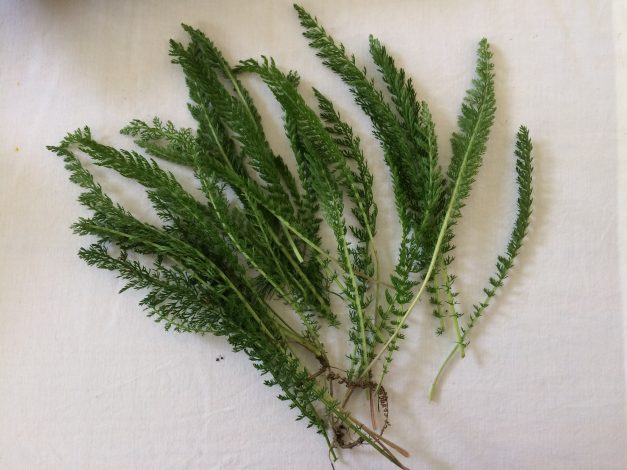
With the feathery appearance, we see yarrow as a herb ruled by the element air. Air has the quality of moving things by promoting blood flow, through relaxing the peripheral blood vessels.
Recipe for a Clear Complexion Skin Tea –
10g of dried Red Clover Flowers
10g of dried Calendula/ Marigold flowers,
10g of Dried Daisy Flowers,
10g of Dried Yarrow Flowering Tops
5 g of dried Burdock Root.
–Take these dried herbal ingredients and mix them all up together in a bowl, whist mixing them focus your intention. I often say something like –Thank you for your abundance, please create healing and cleansing for ……….. whom ever you are making it up for.
Then put your Herbal Tea Mix into an airtight container – The dose is a generous pinch in a teapot – drink 4-6 cups a day.
We have a ready made detox tea with similar herbs
Extra Help
Steam Facials are a good tool to use encouraging circulation to the face and providing antibacterial agents into the open pores.
For a steam facial – fill a basin with boiling water or freshly brewed chamomile tea and add a few drops of lavender essential oil then put a towel over the head of the person and leave their face in the steam for 5-10 mins.
Nutriton
Diet plays a major part in skin health.
Cutting out fats and sugars will really help, so no fizzy pop and visits to the chippie not easy for your average teenager but vital to develop good habits for the future.
A recent study introduced a group of teenagers with acne to a low glycaemic index diet rich in whole grain breads and pasta, legumes, and high protein foods. Compared to the control group, who stayed with a more “typical” teenage diet consisting of white bread, potatoes, and sugary drinks and snacks, the whole-food eaters saw a 70% reduction in the severity of their acne. This was through diet alone.
Case Studies
Sophie is 16 and has suffered from her acne for the past 3 years after various steroid creams and antibiotic treatments from her GP she started on her herbal treatment. She was given a mix that included all the herbs discussed above, and she noticed an immediate improvement within 3 month.
“All of the large painful boils, have stopped appearing around my forehead and the redness has gone down loads. I am sticking to not eating many sweets or fry-ups either and taking a multi vitamin as well as the herbs.” Sophie, Hertfordshire
Davey is 19 and has had acne for the last 6 years. He has had lots of steroid treatment for asthma and powerful drug treatment for toxoplasmosis which he has had from a young age. He had been using lots of strong facial washes designed for acne that dry-out and damage the skin.
He started herbal treatment with a mix of the above herbs and taking 3 capsules of milk thistle every day. His diet and exercise levels were good but he was advised to cut out energy drinks for exercise and use low glycaemic index foods to control blood sugar. He started to notice a reduction in the pustules within a month and over the next 8 weeks saw a decrease in the red raised scarred areas around his chin and face. He also applies a healing balm of lavender, calendula and St. John’s Wort and bathes in chamomile tea.
“The spots stopped appearing really quickly then it took a couple of months to really start noticing the red lumps decrease. My skin looks really good now” Davey, Wales

